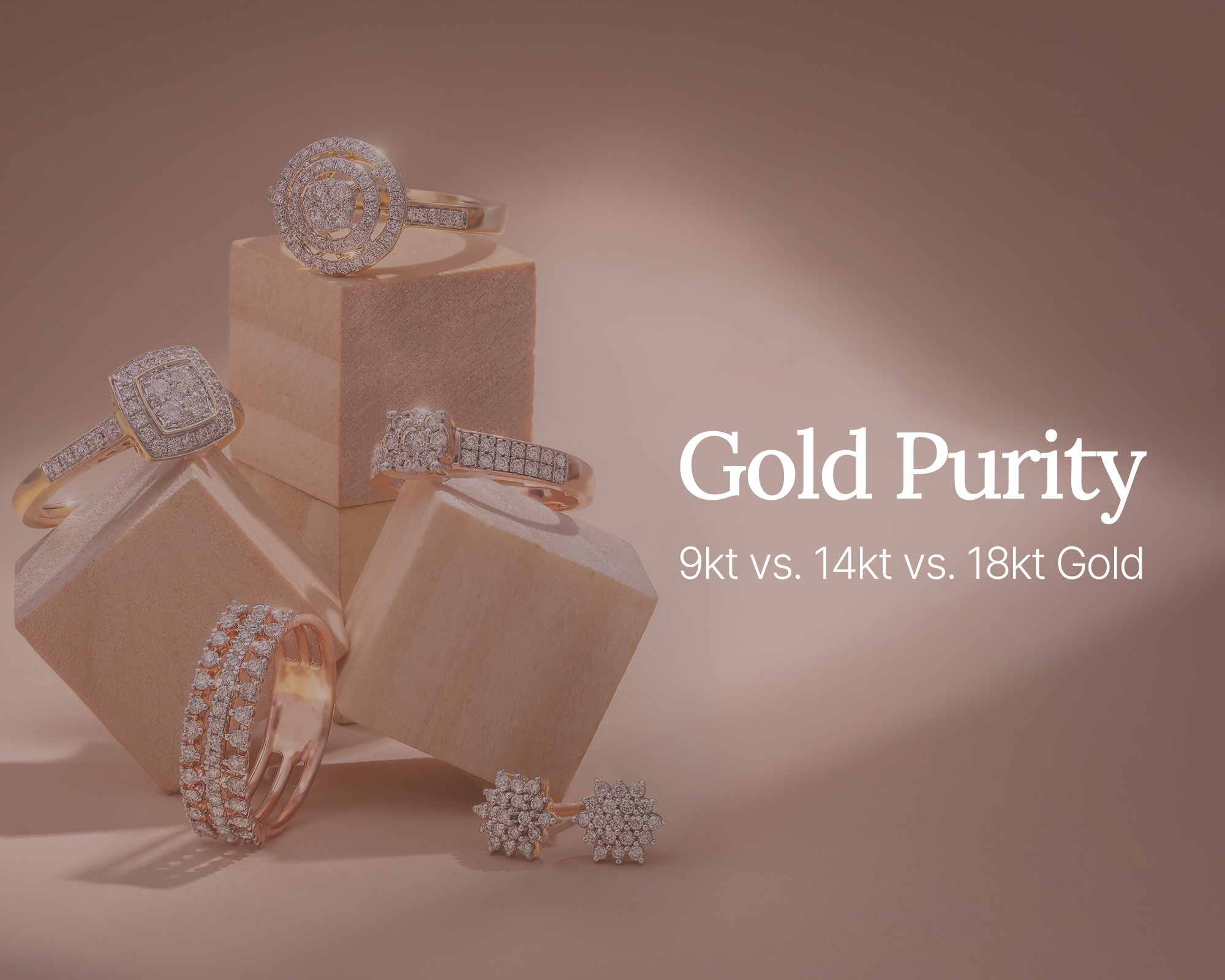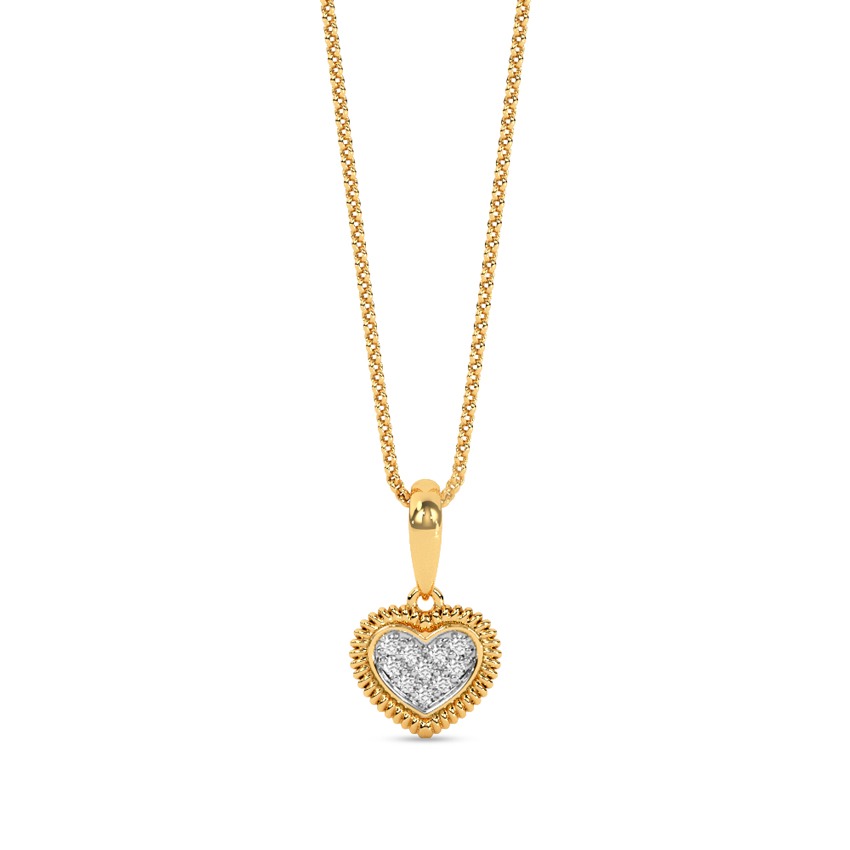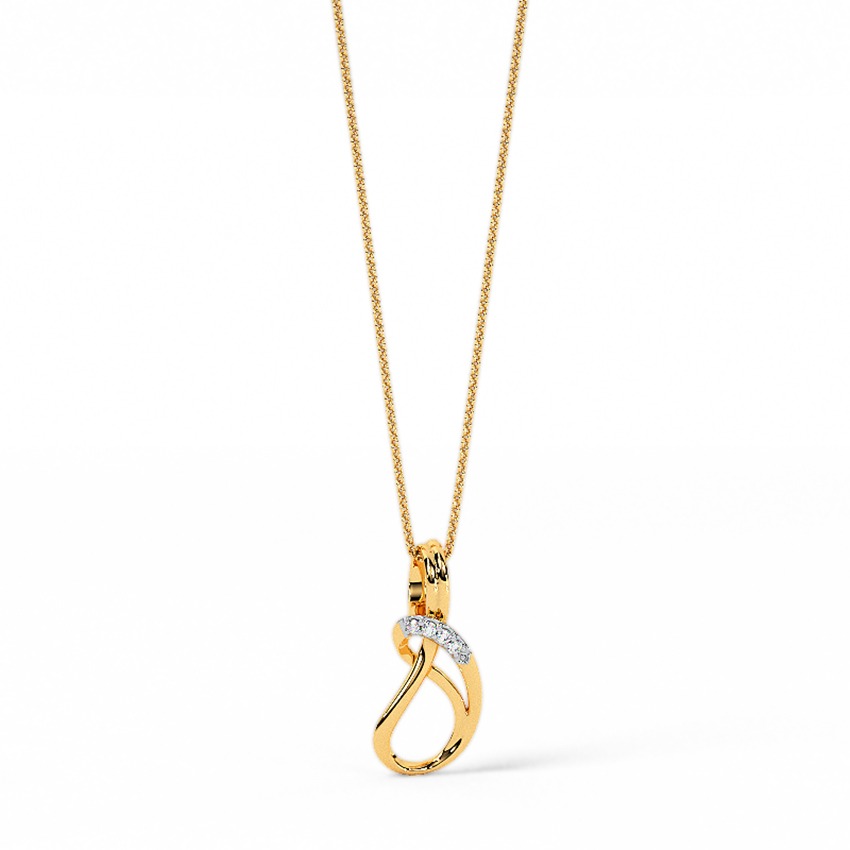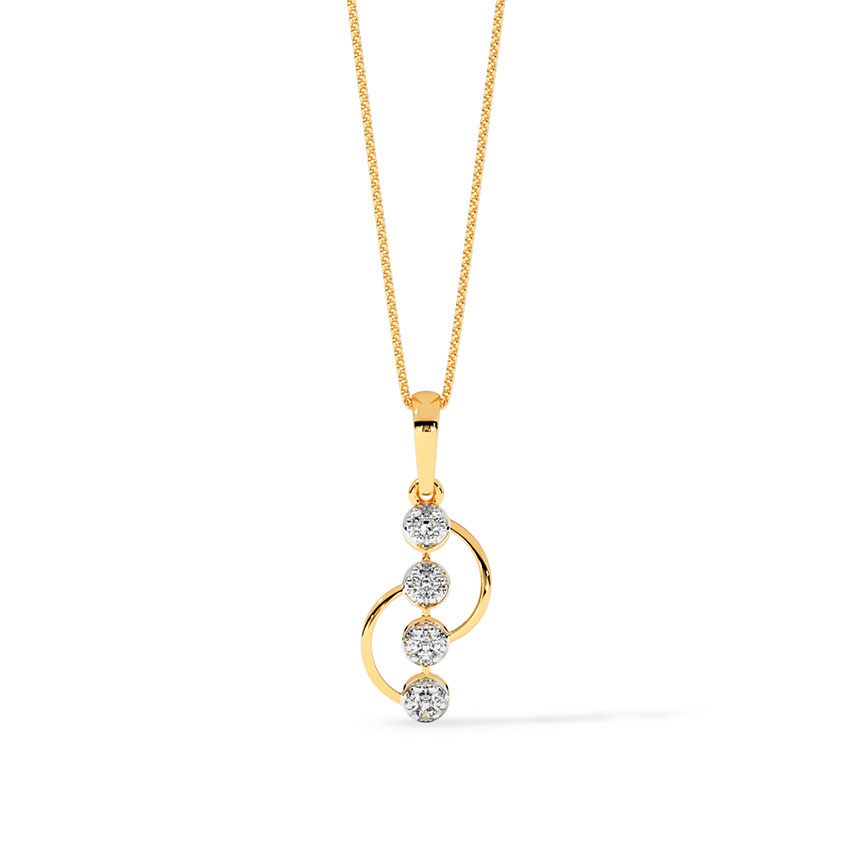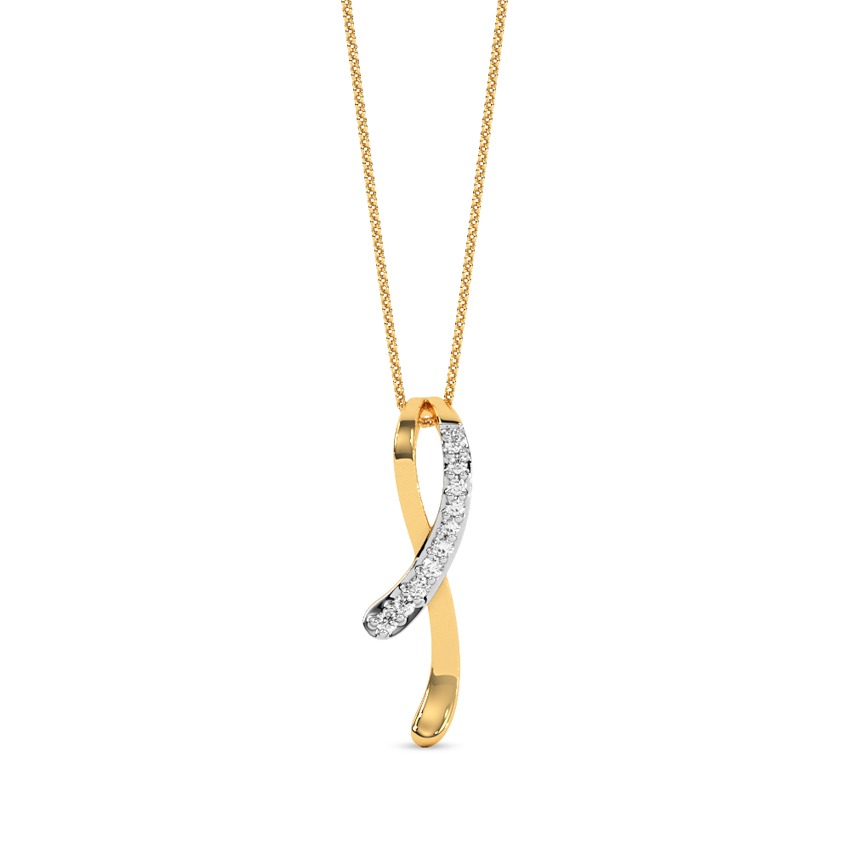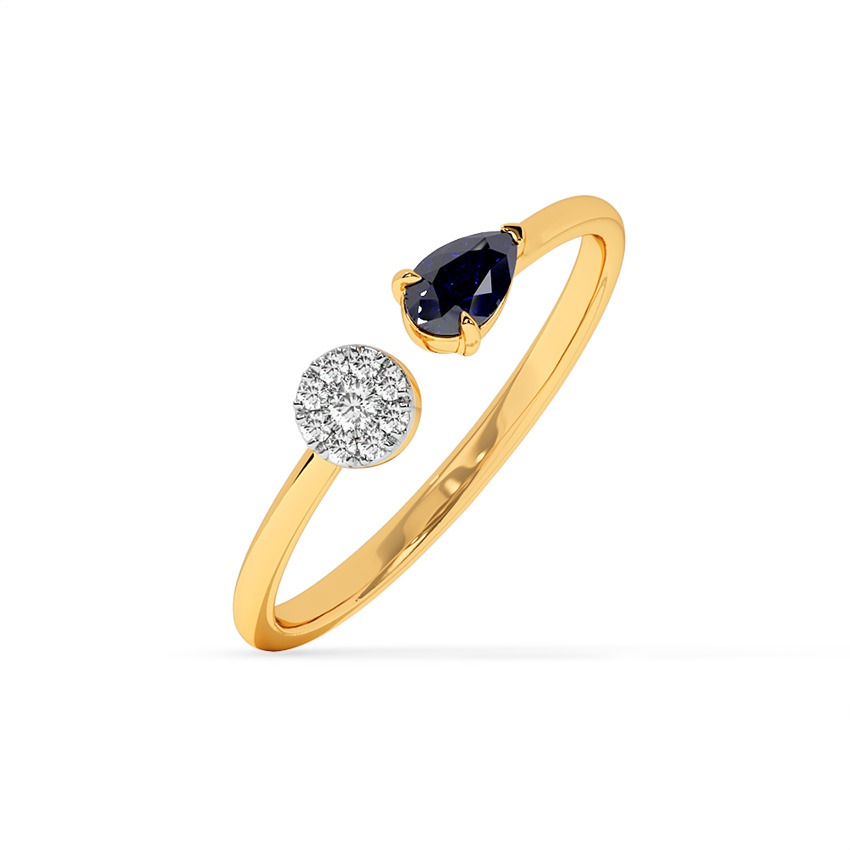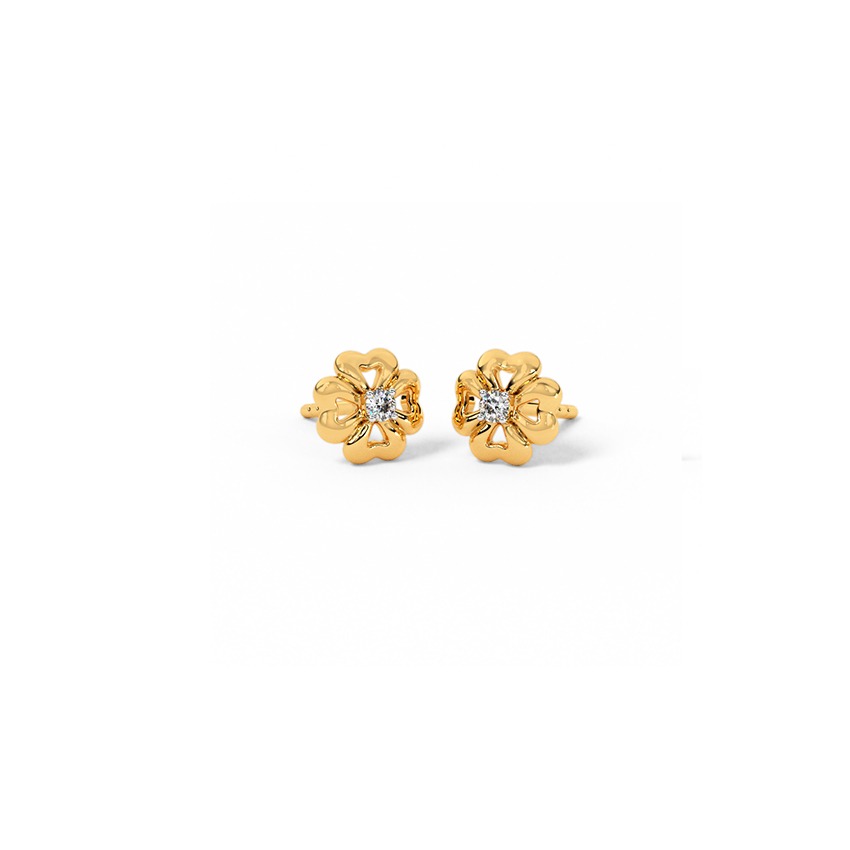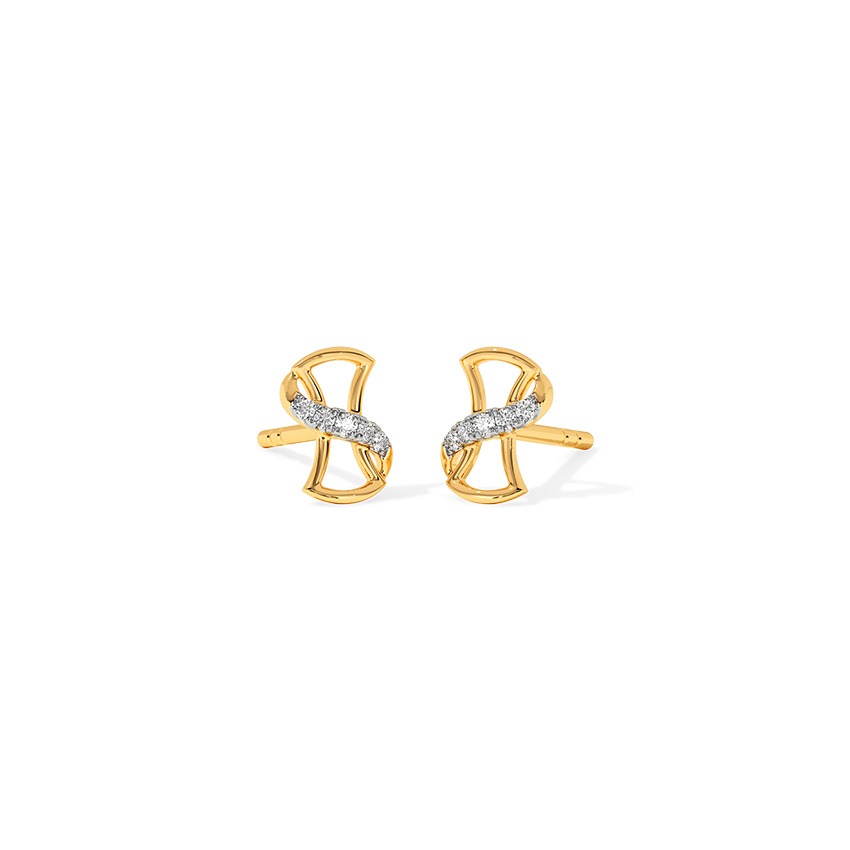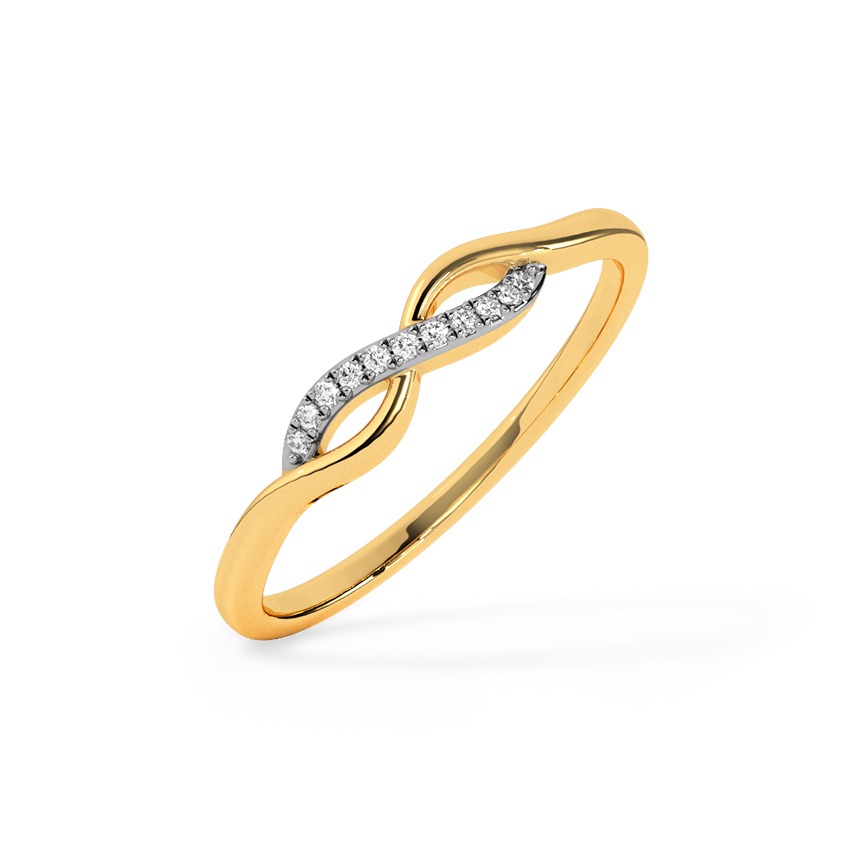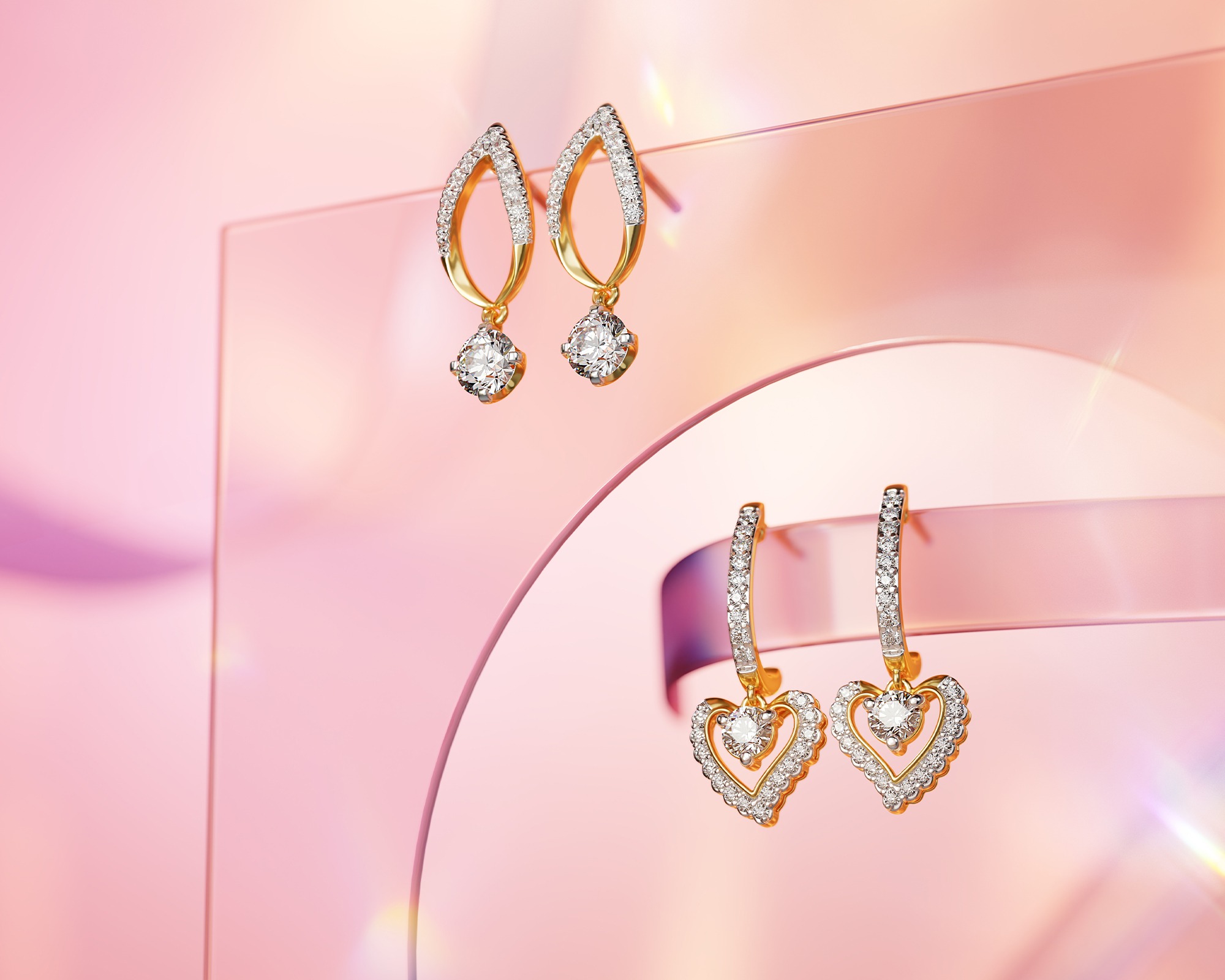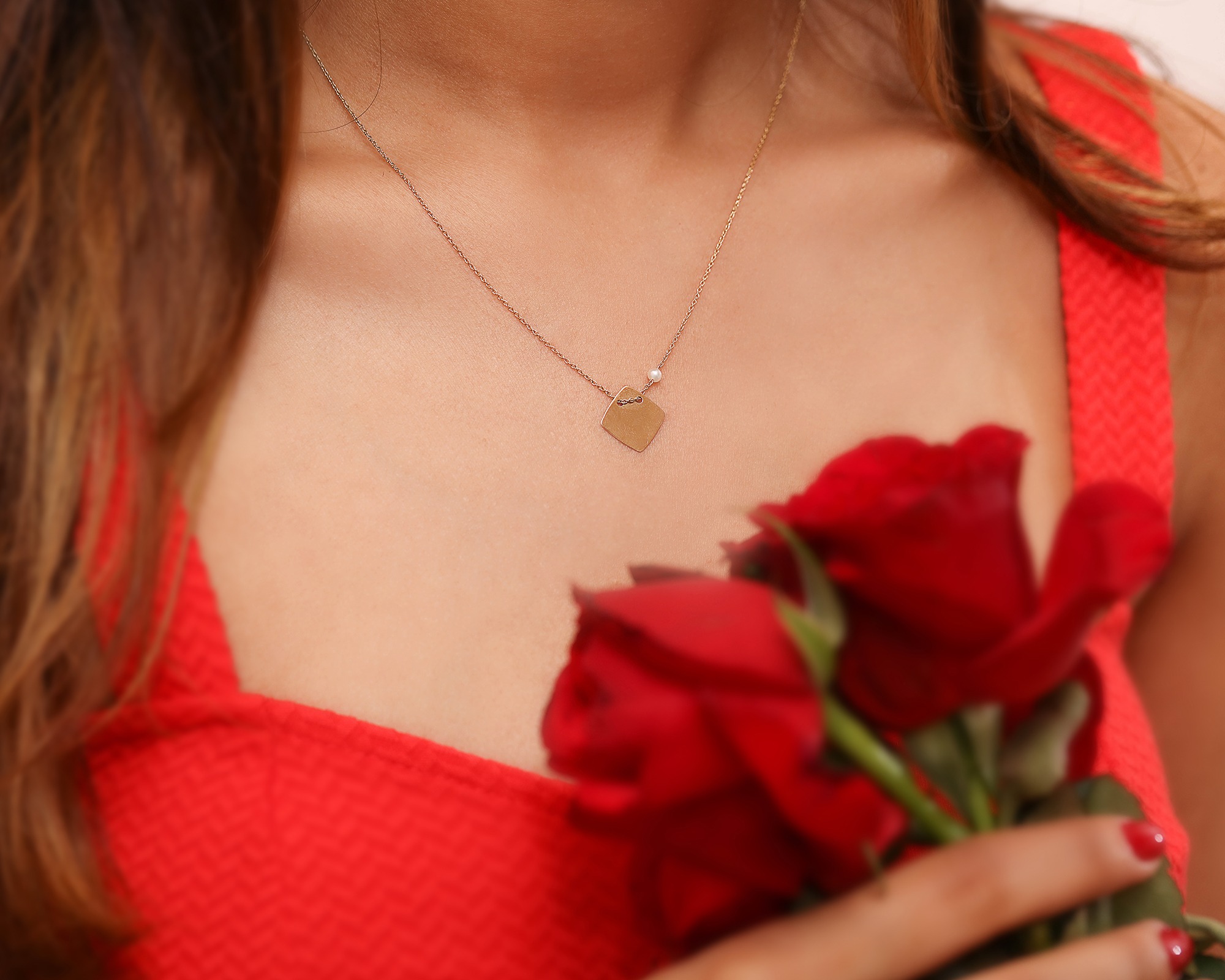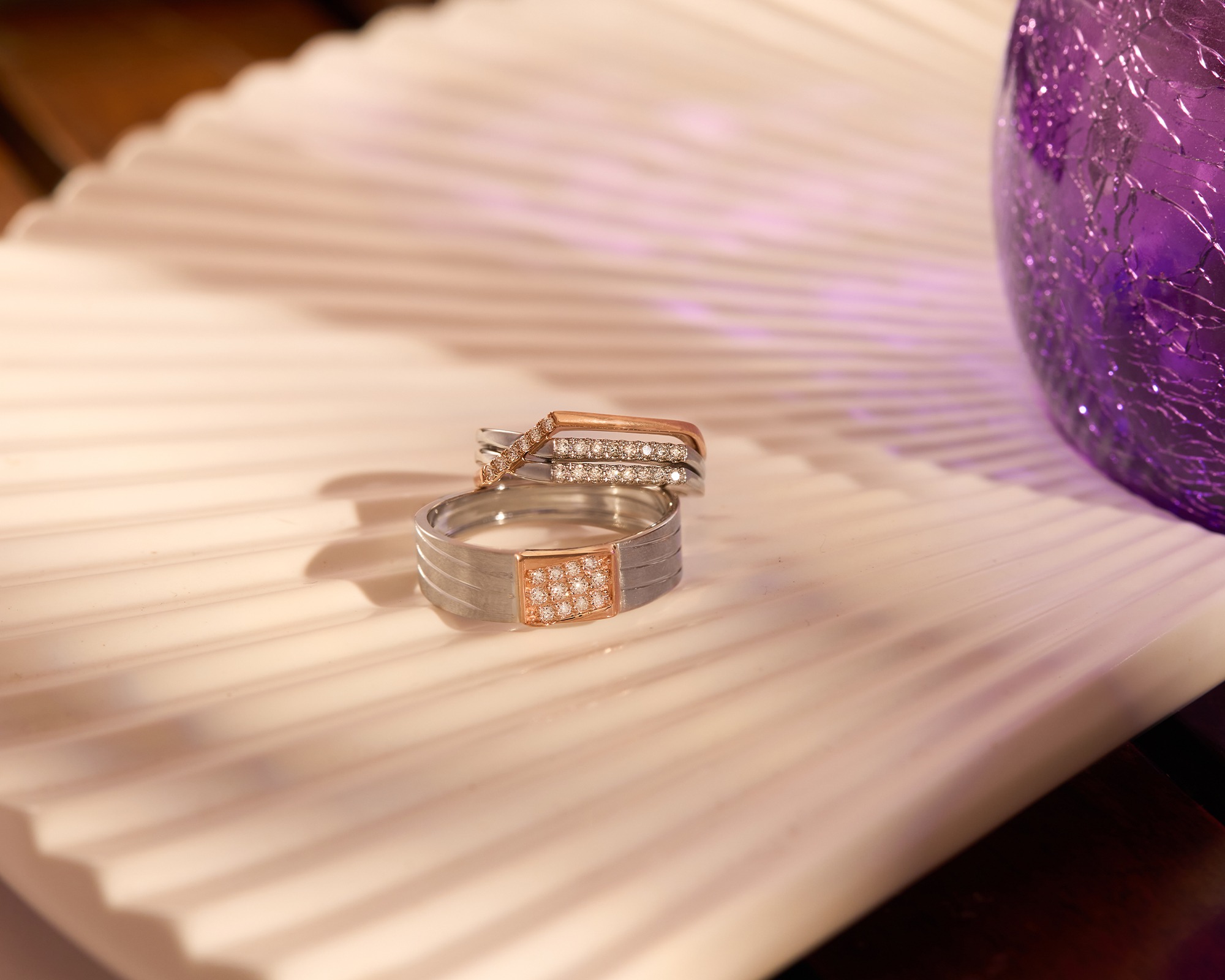The key to choosing the perfect gold jewellery lies in understanding its purity. It influences everything from the brilliance of its hue to its strength, price, and suitability for various occasions. Gold purity refers to the proportion of pure gold in a piece of jewellery compared to other metals. The most common purity levels in jewellery are 9kt, 14kt, and 18kt, each balancing gold content and practicality. Understanding these variations will help you select the right piece based on your lifestyle, budget, and aesthetic preferences.
Gold Purity Chart: Understanding 9kt, 14kt, and 18kt Gold
Gold purity influences everything from colour vibrancy to wearability and cost, making it a crucial factor in jewellery selection. Below is a quick gold purity chart summarising the key differences among 9kt, 14kt, and 18kt gold:
| Gold Karat | Purity Level | Durability | Best For | Hallmark Identification |
| 9kt Gold | 37.5% gold, 62.5% alloy metals | Highly durable and scratch-resistant | Daily wear, budget-friendly jewellery | Marked with ‘375’ |
| 14kt Gold | 58.3% gold, 41.7% alloy metals | Balanced strength and rich gold hue | Engagement rings, everyday luxury | Marked with ‘585’ |
| 18kt Gold | 75% gold, 25% alloy metals | Softer but more valuable and vibrant | High-end jewellery, investment pieces | Marked with ‘750’ |
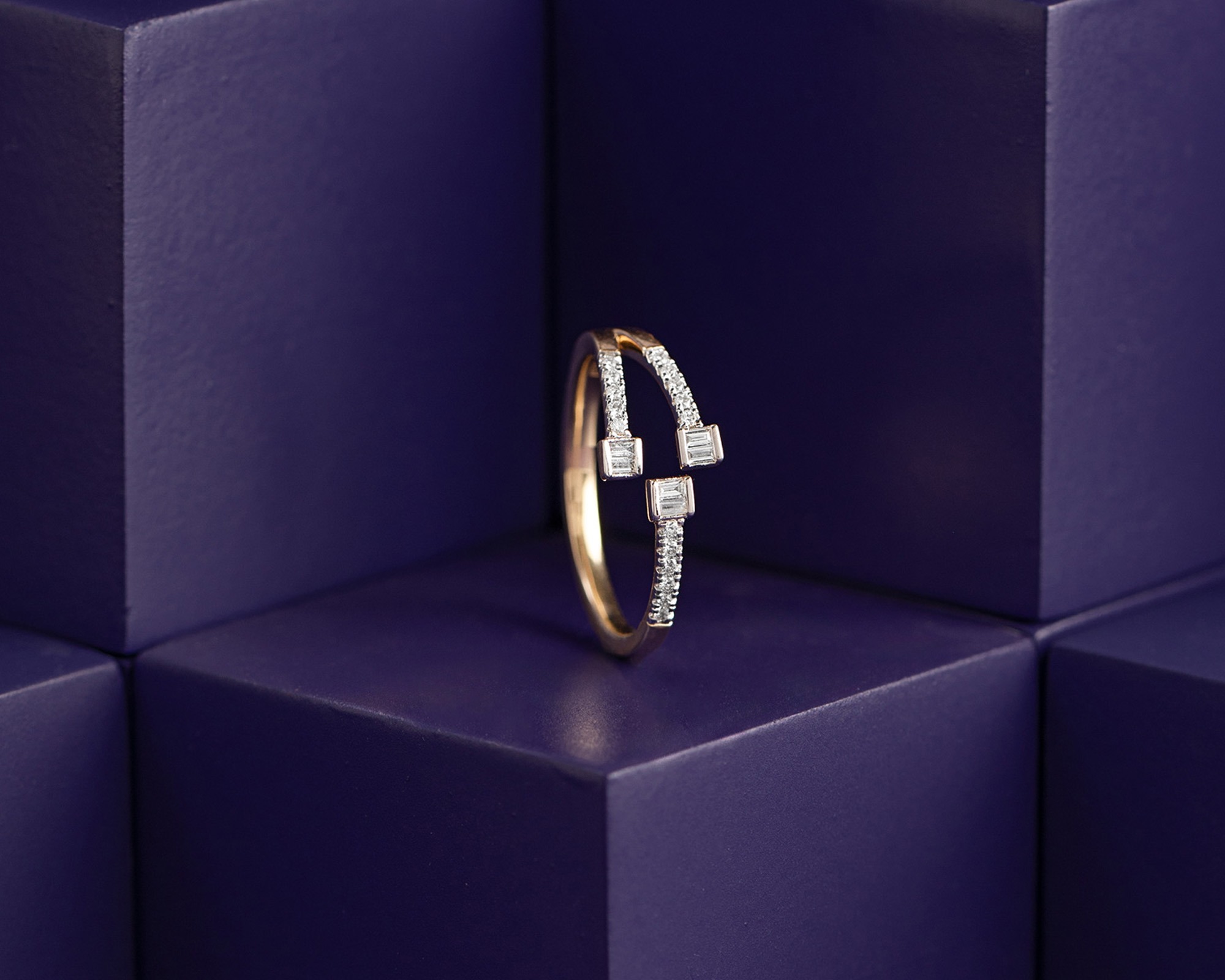
The percentage of pure gold in jewellery significantly impacts its characteristics, affecting durability, colour, suitability, and price for different lifestyles.
- Durability: As the gold content increases, the jewellery becomes softer and more prone to scratches. 9kt gold(37.5% pure gold) is the hardest due to its high alloy content, making it ideal for daily wear. 14kt gold (58.3% pure gold) balances strength and a rich gold hue, making it a popular choice for engagement rings and fine jewellery. 18kt gold (75% pure gold) is softer but has a deeper gold tone, suitable for special occasions or luxury pieces.
- Colour & Appearance: The purity level affects the colour of the gold. 9kt gold has a slightly muted, paler shade due to the higher levels of alloy metals. 14kt gold has a warmer, more balanced tone, while 18kt gold has a richer, more vibrant yellow hue. This variation is particularly noticeable in yellow gold but also impacts white and rose gold, depending on the alloy mix.
- Suitability for Sensitive Skin: Higher karat gold, such as 18kt, contains fewer alloy metals, reducing the likelihood of skin irritation. 9kt and 14kt gold may contain nickel or other metals that could cause allergic reactions, so opting for nickel-free jewellery is advisable for those with sensitive skin.
- Price & Value: The higher the gold purity, the more expensive the jewellery. 9kt gold is the most budget-friendly, 14kt gold offers a mid-range price point with good durability, and 18kt gold is the most valuable, often considered an investment piece.
Gold Price Comparison: Understanding the Cost of 9kt, 14kt, and 18kt Gold
Higher gold content means a richer appearance but also costs more. The balance between affordability and gold content helps buyers make an informed decision. Using diamond rings as examples for easy comparison, below is a breakdown of pricing based on purity levels.
- 9kt gold is the most affordable, making it ideal for those seeking stylish yet cost-effective jewellery. For example, the Glittery Clust Diamond Ring is available for ₹9,884, offering durability and elegance at a reasonable price.
- 14kt gold strikes a balance between price and purity, making it ideal for fine jewellery. The Classic Cluster Diamond Ring is priced at ₹13,573 and exemplifies both durability and a warm gold hue.
- 18kt gold is the most luxurious option, offering a high gold percentage and deep colour. The Petite Quad Diamond Ring is available for ₹23,972, making it a premium choice for those looking for investment-worthy pieces.
Gold rates vary based on purity, weight, and craftsmanship. Alongside cost, gold purity also affects its colour, giving buyers a range of options for personal preference.
Gold Colour Chart: How Karat Affects the Shade of Gold
The table below provides a comparative view of how different gold karats affect these factors:
| Gold Karat | Colour Characteristics | Hypoallergenic Properties |
| 9kt Gold | Slightly muted yellow tone due to higher alloy content | May contain nickel, which can cause skin reactions |
| 14kt Gold | Warm, balanced gold hue with a moderate alloy mix | Provides more hypoallergenic options but may still have traces of nickel |
| 18kt Gold | Deep, rich yellow with a high gold content | Generally safest for sensitive skin due to lower alloy content |
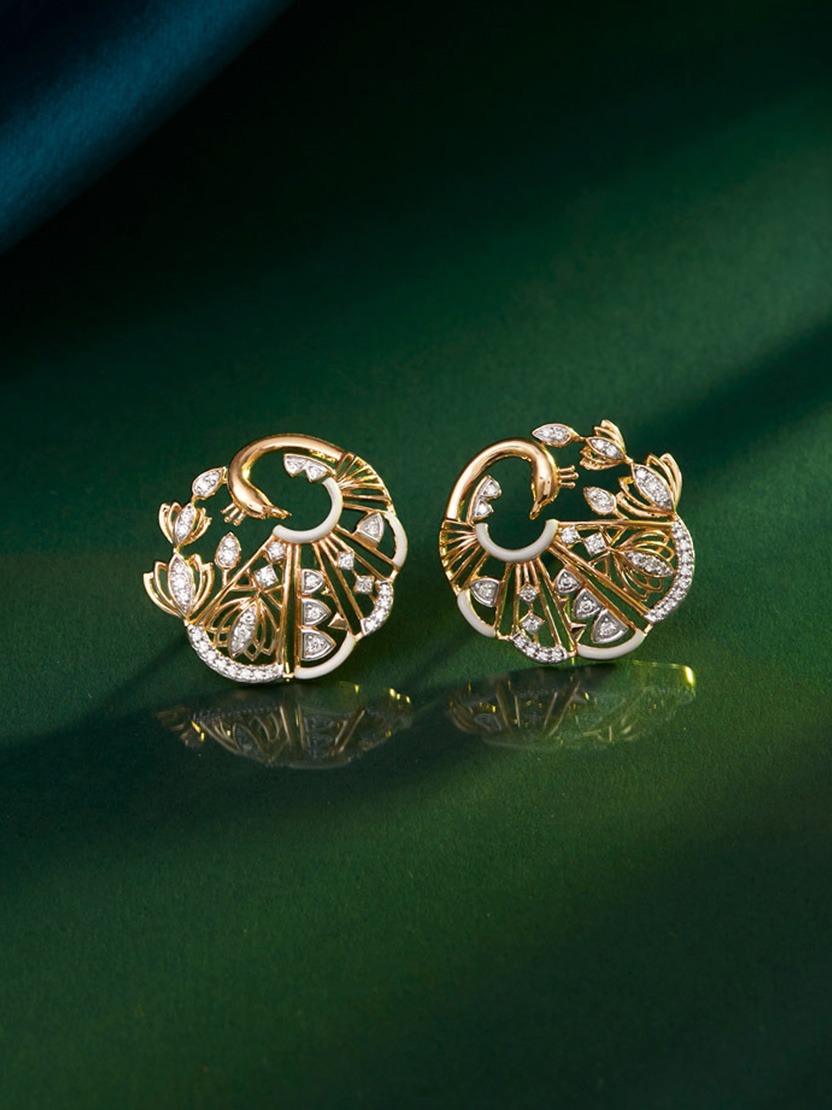
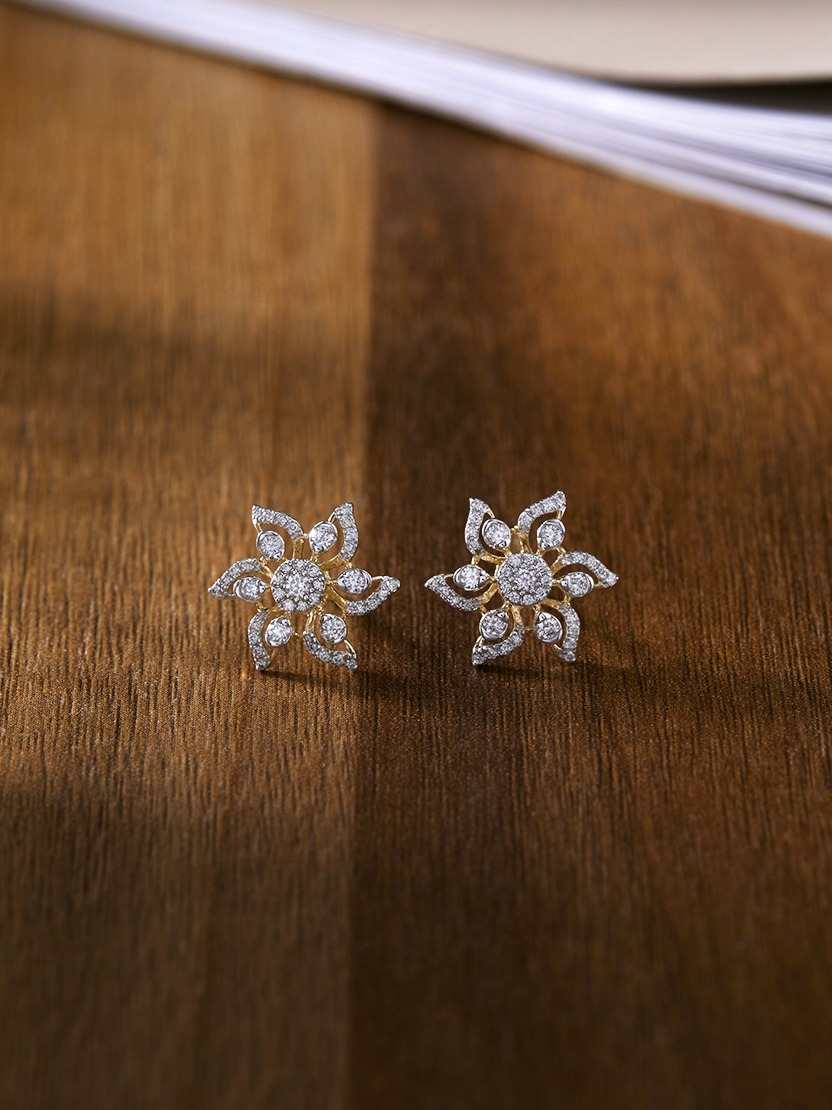
- Gold Colour Differences: 9kt gold, as seen in the One Way Diamond Ring, has a more subdued yellow tone due to the higher proportion of alloy metals. 14kt gold provides a warm and balanced glow, making it a preferred choice for white and yellow gold jewellery. Take a look at the My Mark of Victory Gemstone Necklace in 14kt gold. 18kt gold boasts a richer, more vibrant yellow hue, adding a luxurious appeal to high-end jewellery pieces. The Joely Hammered Gold Necklace exemplifies this beautiful 18kt yellow gold tone.
- White and Rose Gold Variations: All three karats are available in white and rose gold variations, where additional metals like palladium or copper influence the final colour. The Wave Leaflet Gold Necklace in rose gold showcases a soft, romantic hue, while the Assemble Pearl Station Necklace in white gold offers a sleek, contemporary appeal.
- Hypoallergenic Considerations: Those with sensitive skin should be cautious about the presence of nickel in 9kt and 14kt gold, as these alloys can sometimes trigger allergic reactions. 18kt gold, having a higher pure gold content, is typically the safest option. Opting for nickel-free alternatives in any karat ensures maximum comfort.
Does Gold Purity Testing Matter?
Ensuring gold purity is essential for:
- Authenticity Verification – Avoid purchasing counterfeit or lower-karat jewellery misrepresented as higher purity.
- Investment Protection – Ensuring accurate gold content helps buyers retain long-term value.
- Allergy Prevention – Identifying alloy compositions ensures safe wear for those with metal sensitivities.
Always check for hallmark stamps when buying gold jewellery, and consider professional testing for added assurance.
How to Check Gold Purity: Testing Methods and Hallmarking
Gold purity is crucial in determining the value and authenticity of jewellery. Several reliable testing methods ensure accurate verification:
- Acid Test (Touchstone Test): A small scratch is made on a testing stone, and nitric acid is applied. If the metal dissolves, the gold content is lower than the test level. While cost-effective, this method may cause minor surface damage.
- Electronic Gold Testing: A device measures gold content by passing an electric current through the metal. It is non-invasive but may not detect gold plating or thick coatings.
- X-Ray Fluorescence (XRF) Analysis: A highly accurate, non-destructive test used by jewellers and refiners. It provides a complete breakdown of gold purity and alloy composition.
- Magnet Test: Since gold is non-magnetic, placing jewellery near a strong magnet can help detect fakes. If attracted, it likely contains non-gold metals. However, this test alone is not conclusive.
- Density Test (Water Displacement Method): Gold’s high density allows for purity verification by comparing its weight to the volume of water displaced. Best conducted by professionals for precision.
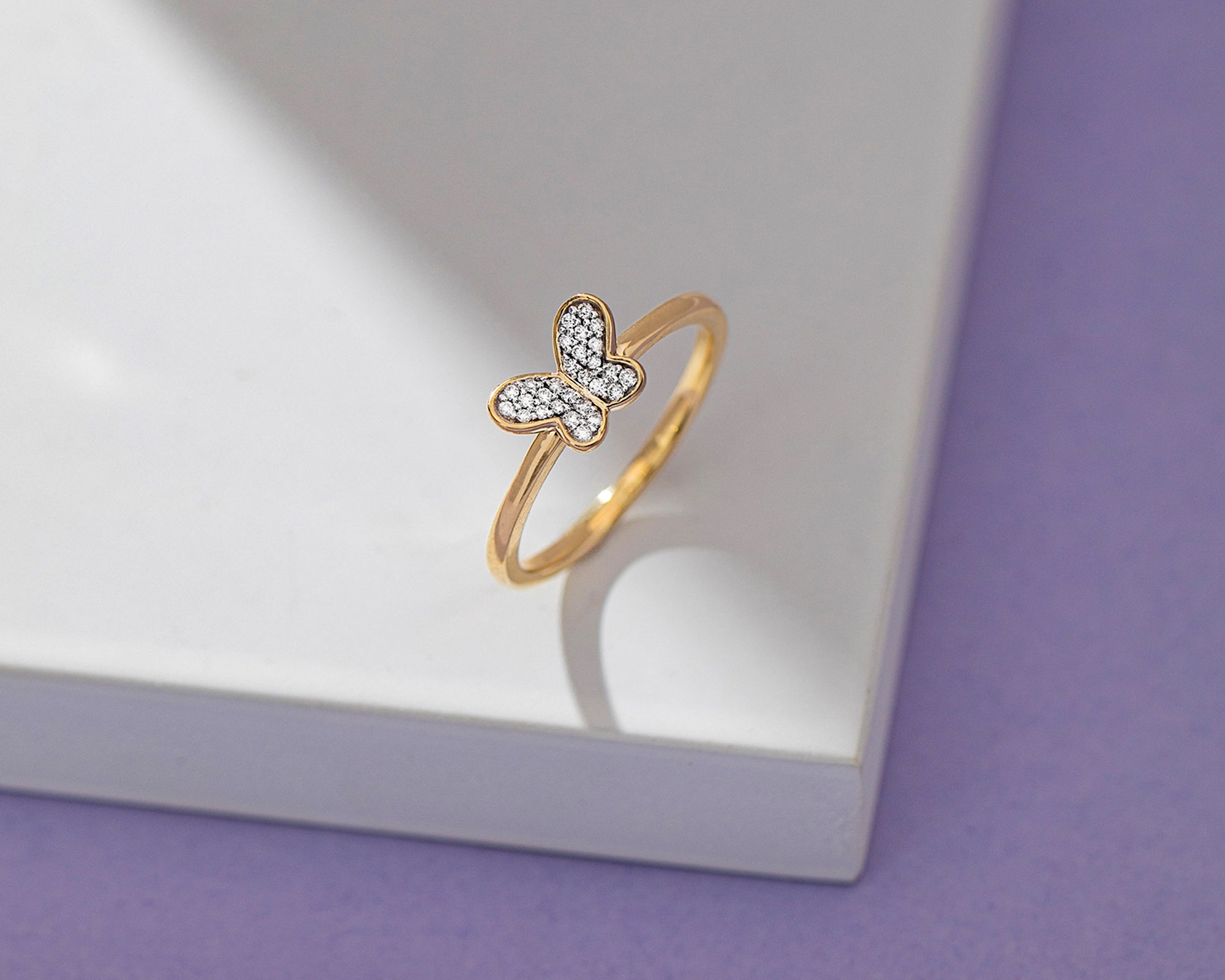
Final Thoughts
Choosing between 9kt, 14kt, and 18kt gold ultimately depends on your lifestyle, budget, skin sensitivity, and aesthetic preference. By understanding how gold purity influences durability, colour, and cost, you can confidently pick the perfect piece for everyday wear, a special milestone, or a long-term investment.
Ready to discover your ideal gold jewellery? Explore CaratLane for a wide range of hallmarked gold pieces, each crafted to the highest standards.
You’d also love reading:

